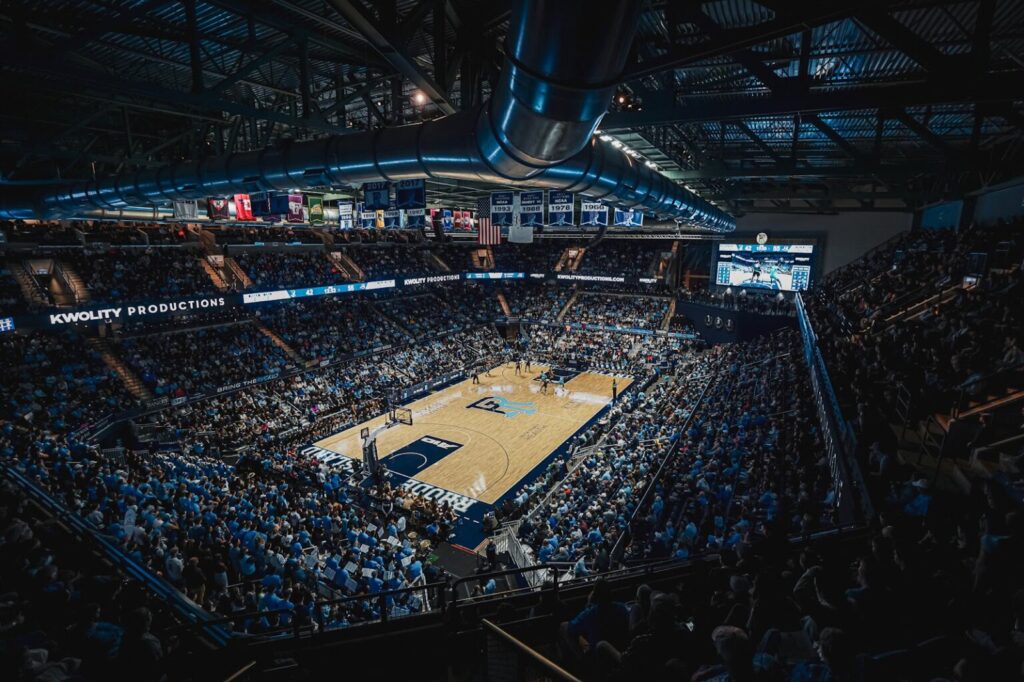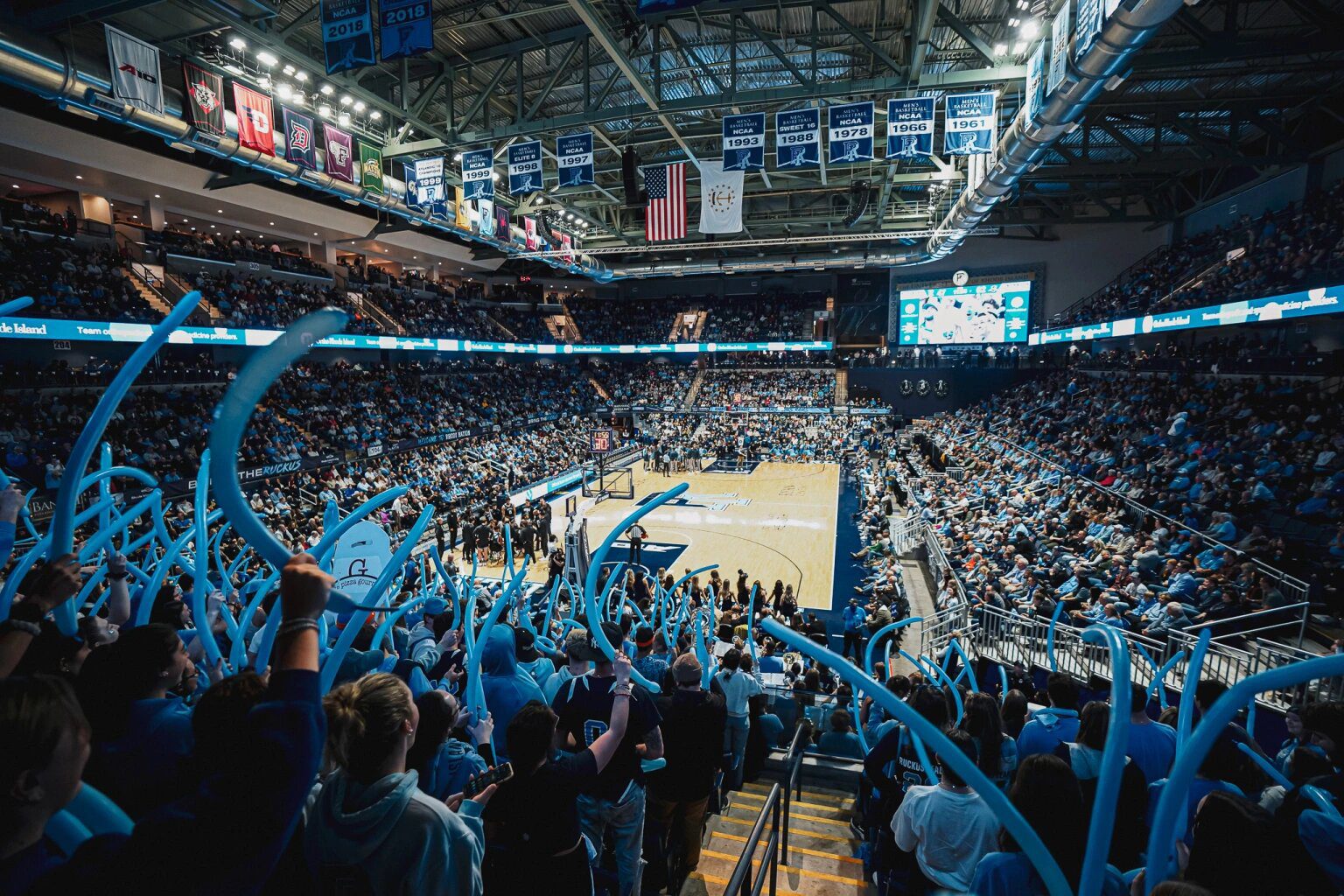The University of Rhode Island (URI) is its home state’s Land and Sea Grant institution and premier research university. URI has combined these two important designations into the school’s research work, focusing on the environment and sustainability. The university has not only studied sustainability but has implemented green policies in its operations.
In 2007, URI was an early signatory to the American College and University Presidents’ Climate Commitment. It was also the year the university launched an extensive campaign designed to improve energy performance across the campus. Among the retrofit projects upgraded were the lighting controls, HVAC systems, and energy management in numerous sports buildings.
For example, Keaney Gym, the school’s volleyball center, received new windows and lighting. The covers installed on top of the Tootell Aquatic Center’s three swimming and diving pools served to reduce heating usage and increase energy efficiency.
Overall, URI invested more than $3 million in its athletic complex, lowering energy consumption by more than 1.5 million kWh of electricity, along with cutting water usage by nearly 500,000 gallons a year.

Photo Courtesy The Ryan Center
URI’s basketball venue, the Ryan Center, received new LED lights before the 2013 basketball season, which upped energy conservation by 80% and provided better lighting controls and improved brightness. Additionally, this switch brought savings on maintenance for the next decade.
When URI built the Ryan Center in the early 2000s, the university saluted its state’s nautical history by using Rhode Island lighthouses as the inspiration for the towers at the arena’s entrances. The school also displayed respect for the area where the stadium was built. After discovering an 18th-century burial ground by the perimeter of the Ryan Center’s footprint, the building was shifted seven yards not to ruin this historical site.

Photo Courtesy Rhode Island Men’s Basketball
The continued improvements made at the Ryan Center and neighboring Boss Ice Arena have delivered multiple environmental benefits. Annually, they save more than 215,000 gallons of water (enough fresh water to fill the needs of 960 people), 3,120 gallons of oil (which equals the energy required to heat and cool a dozen houses for a year), and more than 740 gallons of gas (comparable to driving 20,736 miles).
Furthermore, the two venues combine to save nearly 142,000 kW hours of electricity and 132 cubic yards of landfill airspace. The facilities also use various green cleaning products, including a recently added multi-product dispensing system that lowers their carbon footprint by cutting down on chemicals and plastic entering the waste stream. It also stocks 100% recycling paper towels and eco-friendly coreless toilet paper.
Over a dozen years after commencing its campus-wide eco-minded retrofitting initiative, URI’s sustainability programs boast such highlights as reducing more than 25 million pounds of carbon dioxide emissions and a steam consumption drop exceeding 89 million pounds.
The school has prevented approximately 1 million plastic water bottles from reaching landfills by placing hydration stations around campus. It also installed electric vehicle charging stations on campus, resulting in thousands of gallons of gasoline not being used.

Photo Courtesy The Ryan Center
In 2010, the university instituted a policy that all new construction and major renovations should aim to obtain a Leadership in Energy and Environmental Design (LEED) Silver certification. It now boasts more than 11 LEED certifications, with the Anna Fascitelli Wellness and Fitness Center being among the buildings with the Gold LEEDs.
Its environmental commitment has gotten URI consistently included in the Princeton Review’s list of the nation’s greenest colleges. The university also was honored in 2018 as a Green Ribbon School by the U.S. Department of Education for its sustainability efforts, making it the first New England college to earn this accolade.





